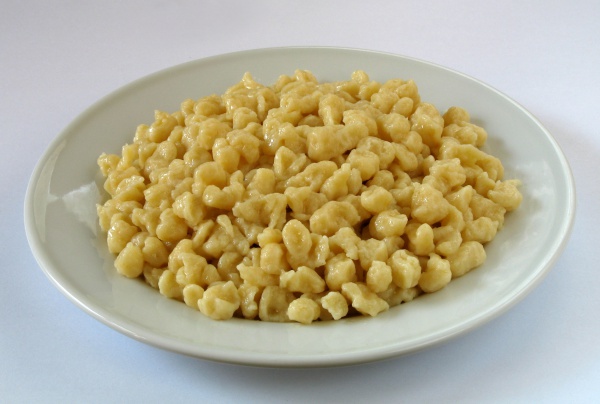Facts About Spätzle
Spätzle, also known by names such as Knöpfle, Spätzli, Chnöpfli, Nokedli, Csipetke, Galuska, Halušky, Vaseršpacli, and vodni žličniki, is a delightful type of pasta made with fresh eggs. It is a staple in the cuisines of southern Germany, Austria, Switzerland, Hungary, Slovenia, Alsace, Moselle, and South Tyrol. The term "Spätzle" originates from the Swabian word for "sparrow" while "Knöpfle" translates to "small buttons" aptly describing the pasta's shape.
The tradition of making Spätzle dates back to the 18th century, with various regions claiming to be its original creators. Initially, Spätzle was made with spelt flour, which has a high gluten content, allowing for dough preparation without eggs during times of scarcity. Over the years, Spätzle has become a cherished part of Swabian cuisine.
Today, Spätzle is recognized as a Swabian specialty, especially associated with Baden-Württemberg in Germany, as well as Alsace and Moselle in France. Since 2012, it has enjoyed Protected Geographical Indication (PGI) status, which guarantees its authenticity and quality.
To make Spätzle, you typically need eggs, flour, and salt, with a bit of water sometimes added to achieve the right consistency. Traditionally, the dough is scraped into thin strips and dropped into boiling water, where it cooks until it rises to the surface. Over time, various tools have been developed to make this process easier.
Spätzle is often served alongside meat dishes but also features prominently in specialty dishes such as Linsen, Käsespätzle, Gaisburger Marsch, and Krautspätzle. There are even sweet variations, like Kirschspätzle and Apfelspätzle, which incorporate fruits and sweet toppings.

 Czech Republic
Czech Republic